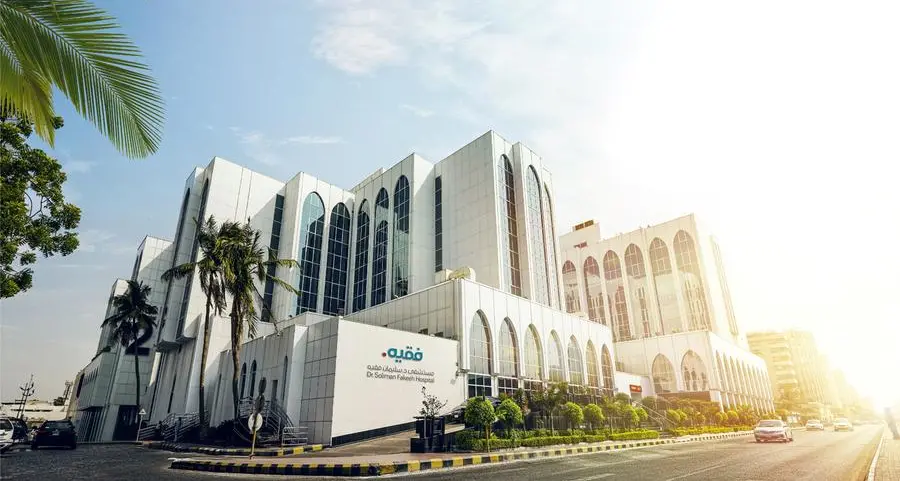PHOTO
Muscat – Oman has been besieged by an unprecedented deluge and rainfall figures significantly surpassed the national annual average many times over. Within a span of four days, starting April 14 to April 17 midday, Mahda in Buraimi recorded an astounding 320mm of rain – nearly tenfold the national average of 30.6mm witnessed in 2022.
The highest rainfall in Buraimi in 2022 was in July, which stood at 31.8mm, while the highest in the country that year – 116.5mm – was recorded in South Sharqiyah in January.
Data from rain monitoring stations of Ministry of Agriculture, Fisheries and Water Resources (MAFWR) paints a grim picture of the widespread impact of the current weather disturbance, with Yanqul receiving 243mm, followed closely by Liwa with 240mm and Shinas 236mm.
The heavy rains have not been isolated to any particular region, as evidenced by Ibra receiving 206mm, and Al Awabi, Khasab and Al Hamra getting 195mm, 194mm and 177mm respectively.
The extraordinary rainfall extend to other regions with Madha receiving 166mm, Mudhaibi 160mm, Wadi Bani Khalid 159mm, and Al Qabil and Buraimi 146mm each. Other rain recording stations like Bidbid, Bidiyah, Dibba, Sinaw, Jabal Akhdar and Sur reported precipitation between 123mm and 140mm.
Several other stations recorded rains between 46mm and 121mm.
MAFWR data also showed that the amount of rainwater retained by 49 dams from April 14 to 17 to protect against flood risks amounted to more than 179mn m3, with most full to capacity.
The downpour resulted in widespread flooding, infrastructure damage and agricultural disruption.
The event is a stark departure from the decreasing trend in annual rainfall observed in the last few years. The sultanate experienced a noticeable decrease of 71.1% in average annual rainfall, from 105.8mm in 2021 to 30.6mm in 2022.
Such unpredictable and extreme weather events underscore the need for robust emergency planning and infrastructure resilience. These also raise crucial questions on changing climate patterns and their impact on the sultanate.
1,043 telecom stations hit by rains, flooding
Ahmed bin Hassan al Haddabi, Executive Manager of Strategy Planning Unit at Telecommunications Regulatory Authority (TRA), reported that 1,043 telecom stations were impacted by heavy rains and overflowing wadis, resulting in disruption in services, particularly in North Batinah and Buraimi.
“Services have currently been reinstalled in affected stations in Sohar through activation of local roaming services between operators. Approximately 50% of the stations are now operational,” Haddabi informed.
Regarding TRA’s ongoing efforts, he added, “We are actively seeking alternative solutions to expedite full service restoration. Additionally, a dedicated 24-hour communications centre has been established to promptly address reports and emergency situations via the 1000 hotline.”
© Apex Press and Publishing Provided by SyndiGate Media Inc. (Syndigate.info).












